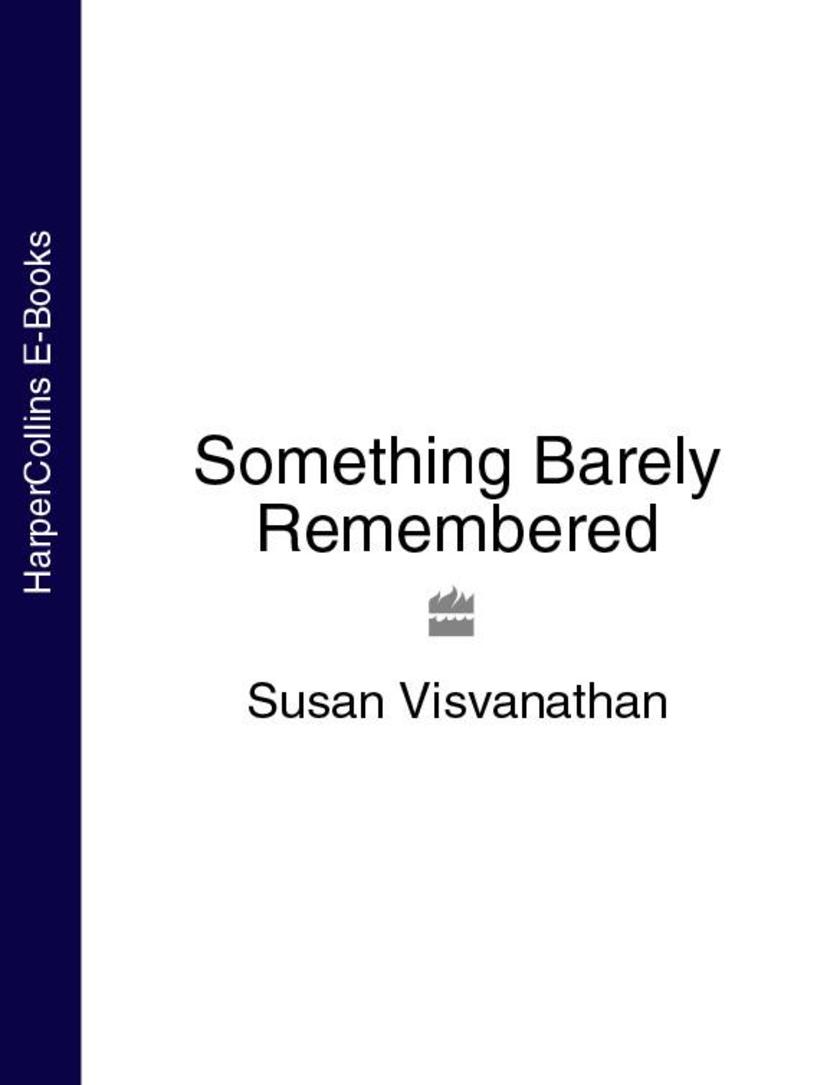
Lost in France:The Story of England's 1998 World Cup Campaign
¥57.09
An essential fly-on-the-wall account of the biggest World Cup tournament ever staged. 1998 is the year the World Cup comes home. Almost 70 years since Jules Rimet’s dream first came to fruition, France plays host for the first time to the greatest sporting event in the world. And, with a record-breaking 32 nations competing, the 1998 tournament will be the largest and most widely publicised football extravaganza in history. While following the sporting action, Mark Palmer will also travel around France to speak to fans, players, coaches, competition organisers and journalists, to present the inside story of the World Cup as the drama unfolds. With unrivalled access to the English and French FAs, as well as world regulating body FIFA, Palmer will balance the official view of the tournament with fans’ own experiences – all the while comparing the breaking story to how it is being reported back home.

Accidentally the Sheikh's Wife , Marrying the Scarred Sheikh
¥30.90
Accidentally the sheikh’s wife For Bethanne Sanders, flying Sheikh Rashid al Harum’s plane has its perks, and more luxury than she can handle – then suddenly she’s promoted to princess! It’s only for convenience; sheikhs don’t fall for ordinary girls…do they? MARRYING THE SCARRED SHEIKH Sheikh Khalid al Harum was Quishari’s beloved playboy until a fire disfigured his chiselled features. Now Khalid seeks to escape pitying glances, but at his tranquil retreat he meets beautiful, sweet Ella Ponti, who sees the man beneath the scars… Welcome to Barbara McMahon’s new Jewels of the Desert duet. Enter the Kingdom of Quishari:two ruling brothers are in need of desert queens.

Tough to Tame , Her Lone Cowboy:Tough to Tame , Her Lone Cowboy
¥30.90
TOUGH TO TAME Diana Palmer New York Times bestselling author Diana Palmer welcomes you back to Jacobsville. Bentley Rydel lives hard, loves fiercely - but sometimes it takes the right woman to make a man a hero. This rugged Texan is going to be Tough to Tame! HER LONE COWBOY Donna Alward Lily Germaine thinks cowboy Noah Laramie is the most stubborn-as-a-mule man she-s ever met. Losing an arm doesn-t mean he has to lose sight of who he is. His courage, strength and loyalty make him one in a million. She just needs to convince him of that!

Wedding Date with the Best Man (Mills & Boon Romance)
¥24.53
Determined not to be knocked back by her ex-fiance jilting her, Jayne Cavendish went on a fabulous girls' weekend in Vegas with her three best friends. She returned home refreshed, relaxed...and with a new "no man" rule!Except now she's in danger of falling at the first hurdle! Tristan MacGregor, her ex's best friend and "almost" their best man, is back in town. Jayne is surprised when he makes a beeline for her. But he seems determined to put the sunny smile permanently back on her face...and it's working!

Maid for the Single Dad (Mills & Boon Romance)
¥24.53
As my boss and best friend, could we have a chat when you're next in the office? I've got a dilemma.... My newest client is single dad Mac Carmichael, and he's really hot, but very difficult to figure out. I think I'm falling for him! That's not all. He's asked me to be a live-in nanny as well as a maid! I don't know much about family life--especially the ultrawealthy type. Help!

Miracle for the Girl Next Door , Mother of the Bride
¥38.36
MIRACLE FOR THE GIRL NEXT DOOR Rebecca Winters Clara Rossetti never expected to see Valentino Casali back in Monta Correnti. She’s no longer the carefree girl he once knew. But thrill-seeker Valentino is determined to put a smile on her face and make this the summer of a lifetime! The Brides of Bella Rosa continues… MOTHER OF THE BRIDE Caroline Anderson Maisie never forgot the man who captured her heart all those years before. With their daughter on the verge of saying ‘I do’, can Maisie convince Rob they have another chance at their own happy-ever-after?

Saving Cinderella! (Mills & Boon Romance) (Girls' Weekend in Vegas, Book 1)
¥24.53
Will she stay in Vegas long enough to walk up the aisle?Alex Lowell has come to Las Vegas to have fun with her three best friends. She's given up on love and finding Prince Charming--the only date she wants is one at the spa with the girls! Alex's R & R is cut short when the hotel concierge goes into labor and she spontaneously jumps in to help, landing a job offer from hotel owner Wyatt McKendrick. Wyatt is cool, sexy and tempts Alex to open her heart again....

Their Newborn Gift (Mills & Boon Romance)
¥24.53
When Lea became accidentally pregnant she decided that she would go it alone. Rodeo star Reilly wasn't the sort of man who'd want to be tied down. But five years later she needs to tell him her secret....Learning he's a daddy is bittersweet for Reilly, because his little girl is fighting to survive. Her only hope is a new brother or sister. Can he and Lea create a newborn miracle--and a future together?

Blind Date Rivals (Mills & Boon Modern Heat)
¥30.61
Sara should be preparing for an all-important business meeting. Instead she's being stood up by a man she's never even met! Things improve when gorgeous city-boy Leo asks her to dance, until he reveals his relief that his dreaded blind date didn't show....Sara could almost ignore the words slipping from his oh-so-kissable mouth--if his next words didn't reveal his plans to build on the land she wants to buy! Turning to ice, yet very aware of his warm arms around her, Sara recalls a saying:"keep your enemies closer..."

Diagnosis:Daddy (Mills & Boon Cherish) (Doctors in Training, Book 1)
¥24.53
Finding out he had a six-year-old daughter was the shock of Connor Hayes's life. And the about-to-be medical student needed help--stat! So he turned to his cherished buddy--his best, platonic friend--Mia Doyle. After all, she was great with kids and could provide on-premises child-care...just until he got the hang of daddy detail.But then he started sharing late-night kisses with his temporary nanny...and Connor realized he had a different role in mind for Mia:doctor's wife!

Dressed To Slay (Mills & Boon Nocturne) (Darkheart & Crosse, Book 1)
¥30.61
Megan's preparing to walk down the aisle with her triplet sisters as her bridesmaids when their long-lost grandfather Darkheart interrupts with staggering news:they are heirs of an ancient vampire-slaying legacy. One of them is a natural-born slayer. One is a healer. One will become a vampire. And they're all in imminent danger from the vamp who murdered their mother. With a fiance out for blood, a bodyguard as wild as he is wolf and a dreamy detective on her trail, Megan is unnerved and deeply conflicted. If the prophecy is true, she may be her sisters' deadliest enemy. But if it's not, who will save them all from a world turned vamp?

An Ordinary Girl and a Sheikh:The Sheikh's Unsuitable Bride
¥46.11
Contents: - The Sheikh's Unsuitable Bride by Liz Fielding - Rescued by the Sheikh by Barbara McMahon - The Desert Prince's Proposal by Nicola Marsh

Courting Miss Vallois (Mills & Boon Historical)
¥30.61
From the fields of France… Miss Sophie Vallois's looks and grace make her an instant hit with London Society. No one would know that the French beauty is a mere farmer's daughter, with no interest in marriage whatsoever…. To the drawing rooms of London! Except Robert Silverton, who has other reasons for staying away from Sophie. Yet her spirit and compassion intrigue him…. Rather than keeping her at arm's length, Robert soon wants the delectable Miss Vallois well and truly in his arms!

Sir Ashley's Mettlesome Match (Mills & Boon Historical)
¥30.61
Determined to overthrow a notorious smuggling operation, gentleman thief-taker Sir Ashley Saunders will let nothing stand in his way! Until he runs up against spirited Pippa Kingslake, who's just as determined to protect her own interests…. With a string of demanding mistresses in his past, Ash thinks he'll handle Pippa with ease. Still unsure where her loyalties lie, Ash vows to keep her safe. But could Pippa's fierce independence end Ash's case—and his rakish ways?

Questions of Honour (Questions of Honor) (Mills & Boon Historical)
¥30.61
A stern, rock-hard man stood before Abaigeal Sullivan. No sign of the boy whose playful teases had once turned to stolen kisses and something much, much more. Why, in all the years Wheaton had been away, had he never made contact, acknowledged her astounding news--that she carried his child? Abby no longer trusted any man, but could she believe when he claimed he only ever meant to act honorably toward her? There was no doubt he wanted to get closer to her and the son that they had created together.

Seducing Miss Lockwood (Mills & Boon Historical)
¥30.61
Against all advice, Juliet Lockwood is intent on working in the household of Lord Dominic Lansdowne - a notorious society rake. Rumor has it a different woman warms his bed each night. But that is of no concern to prim, proper Miss Lockwood! Dominic Lansdowne may have a hardened heart, but contrary to popular belief he has always been a man of principle - doe-eyed innocents are not for him. But this new addition to his staff is pure forbidden temptation.... Honor binds him from seduction...unless of course he makes her his wife!

The Earl Plays With Fire (Mills & Boon Historical)
¥30.61
A GAME OF CAT AND MOUSE The young Richard Veryan was heartbroken i 1,2 and bitter i 1,2 after unrivalled beauty and childhood friend Christabel Tallis jilted him three weeks before their wedding. Six years later, and toughened by adventure overseas, Richard i 1,2 now a lord i 1,2 is very much his own man. But when he and Christabel meet once again, dangerous temptation hangs in the air. Richard sees his chance to teach Christabel a lesson. Hei 1,2ll prove to her that he can still command her body, mind and soul i 1,2 then hei 1,2ll be the one to walk awayi 1,2"

Breaking the Silence
¥61.90
Laura Brandon had promised her dying father she would visit Sarah Tolley, but her own agony is drowning out the old woman's ramblings. Her husband killed himself, and the only witness--her daughter, Emma--now refuses to speak. Desperate, Laura turns to a man she met once five years ago. Together they search frantically for the key to Emma's silence, only to find it in an old woman's fading memories of love, despair and unspeakable evil.

Deadlier Than the Male:The Fiercest Heart , Lethal Lessons
¥25.41
In these captivating new stories, danger is a breath away, but love conquers all…. The Fiercest Heart by New York Times and USA TODAY bestselling author Sharon Sala Torn apart years ago by a family feud and a deadly accident, high school sweethearts Haley and Mack reunite when Haley returns to town. But someone doesn't want them together and will do anything to keep them apart. Anything… Lethal Lessons by Colleen Thompson One of Mara's students is troubled by her mother's mysterious death. Despite warnings that the girl's father, Adam, is a danger, Mara sees only a handsome, caring protector. Will she uncover the truth before it's too late?

One Thing Leads to Another
¥46.11
One Thing Leads to Another is Four Weddings and a Funeral in book form. Three friends, post university, two men and a girl, take up a year’s lease on a house. Sitting in the pub, they make a bet – a challenge to them all – that they will find perfect (if temporary) partners and real jobs by the end of a year. As each season unfolds, with highlights of themed parties (for the girls) and rugby matches (for the boys), romantic holidays in Italy (disastrous), New Year’s Eve’s festivities (even worse), Flin, Geordie and Jessica find (and in some cases, lose) new friends, new jobs and even themselves. The year’s challenge ends completely differently than they – or the readers – anticipate. One Thing Leads to Another has a wonderful warmth and humour, which gives readers a real feel-good factor.

Something Barely Remembered
¥53.76
Exquisite Indian short stories Lukose is ready to follow in his grandfather’s footsteps and enter the priesthood; Anna’s parents are drowned as they make their way to a wedding by boat and she must now go and live with her uncle and his Italian wife in Rome; Chako, a doctor, meets a sad little girl whose mother has run away, and then, many years later, he encounters the mother at a party but cannot bear to share with her his knowledge of her daughter. These fifteen stories give us sharp, acute fragments of Indian lives, all linked by family or friendship, or just sheer coincidence, and give us a poignant reminder of how even the smallest event can cause the greatest effect. Beautifully crafted, written with great feeling, this story collection marks the debut of a new and original voice.




 购物车
购物车 个人中心
个人中心



